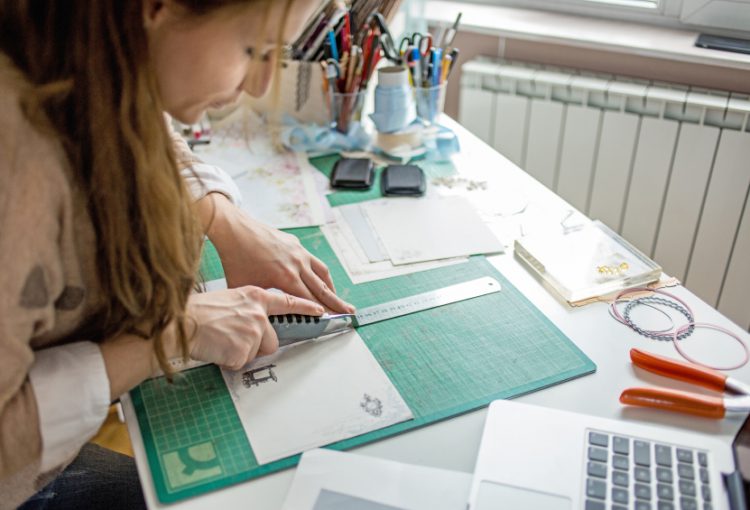Your business card is often a potential customer’s first contact with your company. Engage your customer and encourage them to find out more about your company and service.
One of the best ways to do this, is with a well-designed, easy to understand business card. Follow the tips below to create distinctive, professional business cards that make the right impression.
Tip one: The first and most important aspect to consider when designing your
business card is the information you want to convey. Ensure that your name, job title and company name or logo are clearly displayed. Consider carefully which contact details to include. You need to strike a balance between providing enough points of contact, without making your
card look cluttered. From our experience, your website, email address and phone number are a must. Many companies no longer include an address on their business cards, so if you’re struggling for space, you may want to remove this from your design.
Tip two: If you have a lot of information to display, you may be tempted to reduce the size of your text. However, tiny text can often look readable on screen, but turn illegible when printed. Usually it’s best not to use smaller than eight pt characters. Please don’t forget about the font, try to keep it professional and simple, don’t use fun but strange style, or too difficult to decypher calligraphic font.
Tip three: Good way to save space is to create a QR Code for your
card. It’s a good way of including a lot of information on a
business card, without making it cluttered. It’s also an easy way to create a link between your printed and online content. By scanning the code, people can automatically be sent to your website. There are numerous free QR code generators on the web, therefore, you shouldn’t have to pay for it.
Tip four: Bright colours when used correctly can make a
business card stand out and look distinctive. This is often used by design and creative businesses, to appear fresh, fun and authentic. However, don’t underestimate the power of minimalism. A plain black and white design can be as memorable and leave an impact as a bright card, it can often be seen as more ‘sophisticated’ too.
Tip five: If you are concerned about a black and white
card looking dull, try embossing the words. Embossing creates a raised, 3D effect, which adds elegance and style to a
business card.
Embossing also makes the
card more memorable. Research has shown that engaging more than one sense at a time can improve memory of an object. Therefore, people will be more likely to remember
you.
Tip six: It’s a good idea to keep your
business cards in line with the rest of your company’s branding. If you have company colours, follow them. However, if you don’t have any particular colour scheme to work with, you’ll have free choice on your
cards. But, be careful to choose complementary colours. Don’t use clashing colours which can look tacky and unprofessional on a
business card. If in doubt, use an online colour matching tool.
Tip seven: This is true for
business cards, you do require to have written content on one side of the
card, think about saving the other side for something more visual. Perhaps you could use the space to display an image of your product, or something related to your business. Put your company logo on the back of the card. Whatever you do, don’t leave it empty, it’s often claimed that people don’t look at the back of
business cards, but that’s simply not true. Just think about how many times you’ve been given a card, and flipped it over to check…
Tip eight: Please don’t use borders in your
card design. This is for a purely practical reason, no matter how much attention is paid, printing is never 100% completely precise. A perfectly symmetrical border on your screen may come out lopsided, thanks to minute movements in the printing machine. Printers recommend leaving a 3mm Bleed, an area the same colour as the background. Around the edges of your
card, purely for this reason.
Tip nine: Along with the bleed, printers also usually specify a “safe area” in the centre of the card. Keep any important information, like contact details within this area. Avoid it being cut off during the printing process.
Tip ten: Consider the thickness of your
business card. Thicker
cards tend to feel more luxurious, making your business seem more sophisticated.
Business cards printed on paper thinner than 300gsm look and feel thin and cheap. Think of your
card as you would of a handshake, nobody likes a limp handshake.
Tip eleven: You might be tempted to use an unusual material for your
business card. This will certainly be noticeable, however remember the practicality of your chosen medium. People often write extra details on
business cards, such as where they acquire the
card. This is much more difficult to do on other materials.
Related Article
Save money on office supplies

